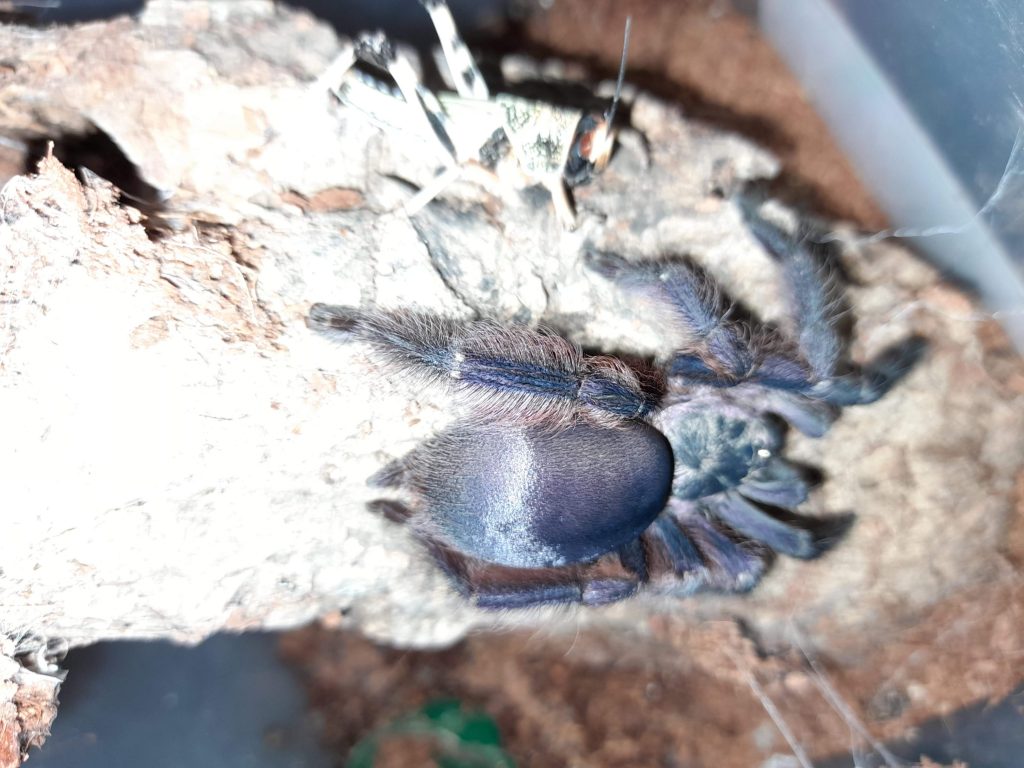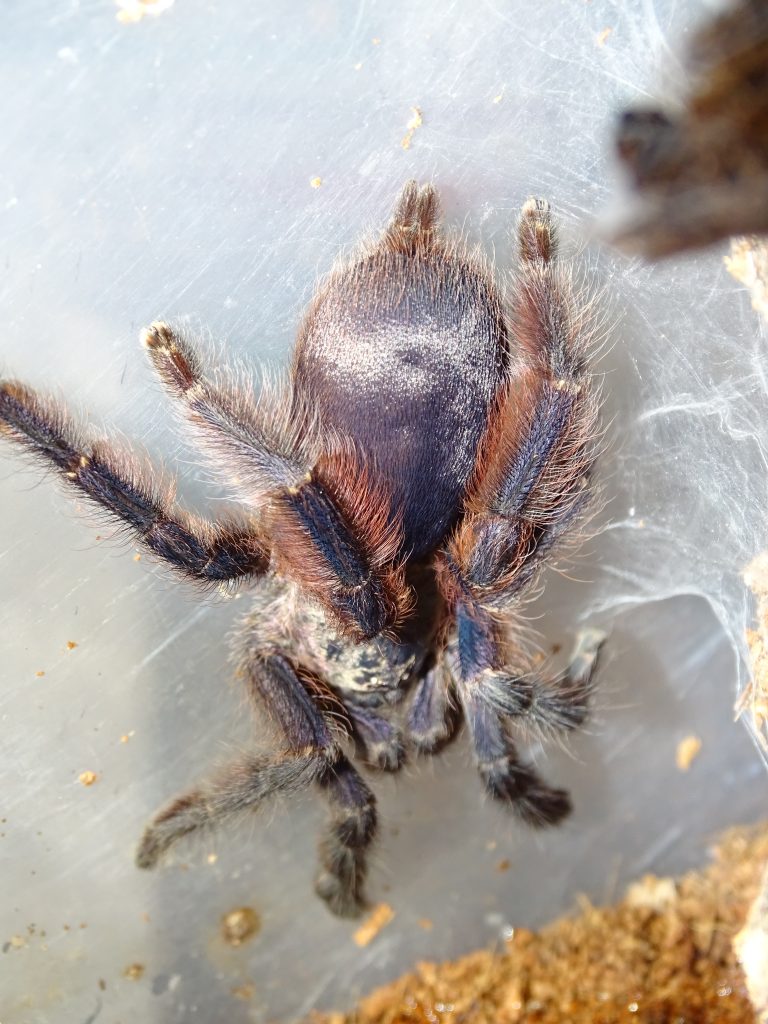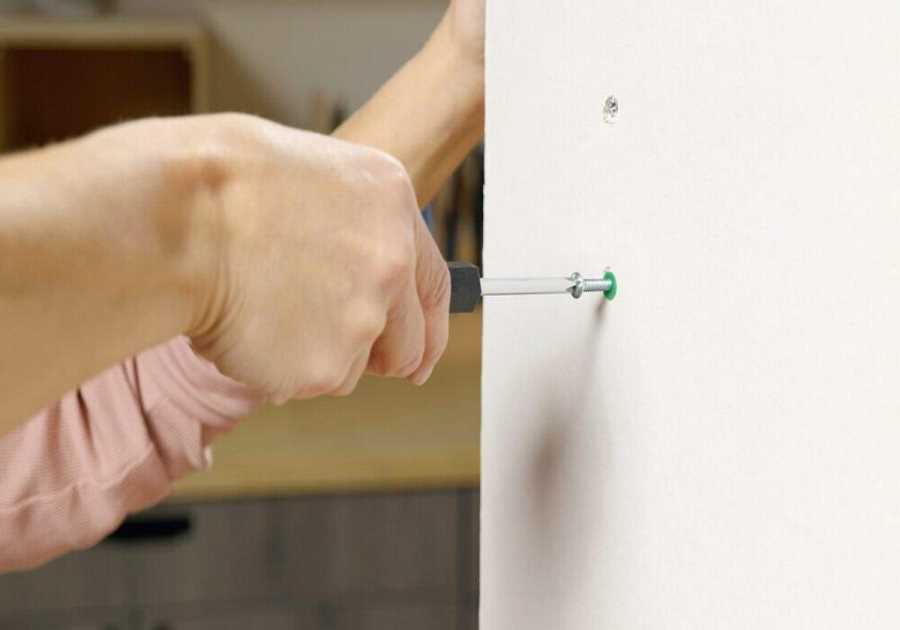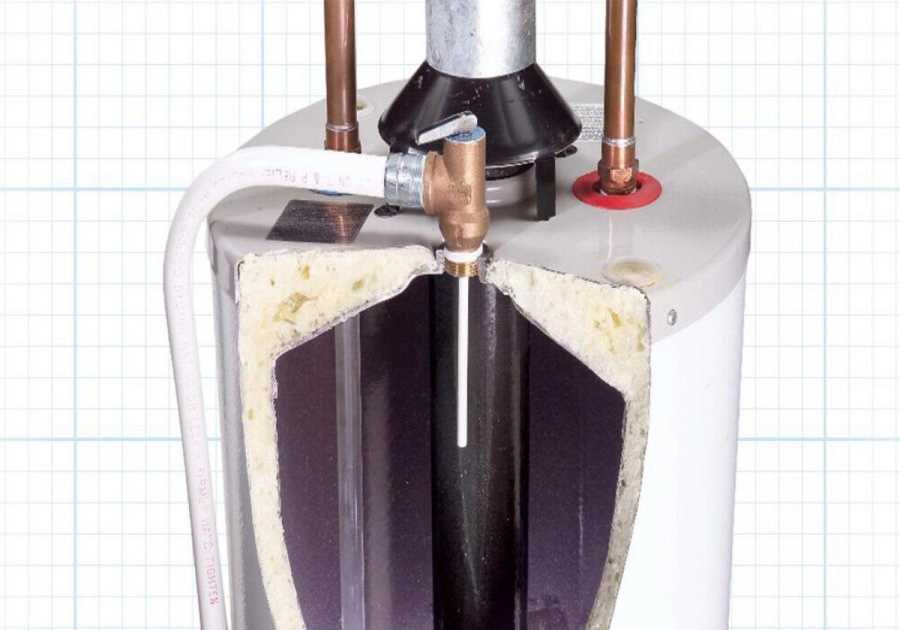As someone who looks for color more than anything else in my tarantulas, Tapinauchenius violaceus really hits the mark. It is clothed in silky-looking velvety hairs which, in the right light, are a brilliant metallic purple color. It really is something else the first time you see it!
A second unusual element of the Purple Tree spider are the small “dimples” on the abdomen that can become increasingly visible as specimens grow.
Despite this fantastic appearance, meaning no collection would be complete without at least one specimen, there are some downsides to T. violaceus that you should know.
So let’s take a closer look at both the good and the bad in our Tapinauchenius violaceus care sheet…
Wild Habitat

Tapinauchenius violaceus is an arboreal tarantula from Brazil and French Guiana. It grows to a modest size of around 5” in legspan, and has an excellent growth rate.
I’m currently rearing a number of spiderlings, with the hope that I get at least one male for a breeding project. It’s amazing to me not only how often they moult, but also how much size they obtain with each successful moult.
This wild environment means that a taller cage, with good ventilation and a piece of cork bark to hide in are going to be the order of the day.
Cages & Housing
Tapinauchenius violaceus is quite a modest-sized tarantula as an adult, suggesting that they might be happy in a relatively small cage. The important thing to bear in mind, however, is the lightning-fast movement of this species. This can make a larger cage far more practical, as it becomes less likely that your spider will dash out of the cage when you open it.
I would suggest a minimum size of 20cm wide, 20cm deep and 30cm high for adults. While almost any glass or plastic container meeting these dimensions may be suitable there are a number of considerations when housing Tapinauchenius violaceus…
Ventilation – A well-ventilated cage is absolutely crucial for this species. Poor air flow should be avoided at all costs (more details below). This means that cages with mesh or grill lids are particularly suitable. If you opt to use a plastic storage container then be very generous with the number of air holes you add.
Security – Tapinauchenius violaceus is a fast-moving species so escapees can be a major headache. Reduce the risk by ensuring tight-fitting lids and no gaps large enough that your tarantula can clamber through.
Access – You’ll need to access the cage to replenish water, provide feeder insects and remove uneaten food. With such a skittish and fast-moving tarantula the easier you can make this on yourself the better. For this reason cages that open at the front – like Exo Terra terrariums – can be particularly practical.
Privacy – Your Tapinauchenius violaceus should have somewhere where they can feel secure. Take into consideration how you’ll add cork bark or other decor elements to provide the required privacy.
Heating & Temperature
Tapinauchenius violaceus seems far less fussy about temperature than moisture (see below). Mine are kept at an average temperature of 22-24 degrees Celsius (72 – 75 degrees Fahrenheit) and they seem to thrive in these conditions.
If your home is warm year-round then no artificial heating is necessary. If, like me, you live in a colder area, then you may want to consider some form of artificial heating.
Water & Humidity

Over the years I have found that Tapinauchenius violaceus is frustratingly sensitive to moist conditions. Indeed, of all the dozens of species I’ve kept in my 20+ years in the hobby I’d say that Tapinauchenius violaceus is probably the least forgiving about humidity. So let’s address this issue in depth and at length.
An overly-wet cage is one of the fastest ways to kill your Tapinauchenius violaceus. In my experience, even when ventilation is exceptional, moist substrate can lead to serious health issues for this species.
Therefore I recommend a dry substrate at all times.
Since implementing this strategy my success rate in rearing spiderlings to adulthood has increased considerably.
While larger specimens should have access to an open water bowl, you should mist one side of the cage of smaller specimens so they can drink. However, this misting should be very light indeed, and you should allow the cage to dry out entirely between applications.
To reiterate – poor ventilation and/or a damp substrate is Kryptonite to this species.
Tank Decor
While Tapinauchenius violaceus is in theory an arboreal species, I have found that some of my smaller specimens choose to burrow, even when a suitable cork bark hide is available. Tapinauchenius violaceus is also quite a heavy webber so may do neither and instead construct their own silken retreat.
In terms of tank decor I would definitely ensure that at least one vertical cork bark tube is present, ensuring it is large enough for your tarantula to climb inside. Be sure this is sturdily fixed to prevent the risk of it falling over at any point.
In addition to this hide I feel that it is worth adding a reasonable depth of substrate to the cage – particularly for smaller/younger specimens. In this way they have the best of both worlds and can choose the most suitable area for them.
The most important thing is that you want your tarantula to run back to their hide, rather than out of the open door of the cage, when it comes to feeding and watering.
Food & Feeding
Like other tarantulas, Tapinauchenius violaceus is carnivorous and will eat almost any living prey they can subdue. In practice this means a range of feeder insects that can be bought from exotic pet stores or ordered online.
Tapinauchenius violaceus is fast-growing if fed regularly. One issue is that this species is very fast moving, so retrieving any uneaten food can be a risky business. Any time you’re fishing around with your forceps there is a risk that your tarantula will come dashing up the side to make a break for freedom. That’s something you don’t want to happen with such a speedy spider.
My suggestion here would be to consider more moderate feeding of Tapinauchenius violaceus than with some other species. This reduces the risk that your spider isn’t hungry, meaning that you have to go and retrieve the unwanted insect.
Even if you don’t keep records of moults for other specimens, I think it makes sense when keeping such a lightning-fast species.
Make a note of any specimen that goes off it’s food so you won’t have to keep fishing out uneaten feeders for weeks on end. Once your tarantula moults you can re-commence feeding.
Over time you’ll start to see a pattern emerging, allowing you to predict when your spider is likely to go off their food next time.
Handling & Temperament
As a group, tarantulas from the Tapinauchenius genus are considered some of the fast-moving theraphosids of all.
Not only does this mean that handling is entirely out of the question, but that great care must be taken whenever the cage is open.
On several occasions I have had spiderlings dash out of their tub at lightning speed, resulting in some stressful situations.
If your Tapinauchenius violaceus does manage to get out of their cage then be sure to remain calm. Chasing your spider round the room is unlikely to be effective; instead it may be better to wait for them to settle somewhere and calm down.
They will often seek out a dark area to hide away in, so putting pieces of cork bark nearby may encourage them to run inside.
Despite their speed, I have never found Tapinauchenius violaceus to be “defensive” or “aggressive”. Instead they’re far more likely to flee than to stand their ground.
Lastly, in terms of temperament, I have personally found that my specimens of Tapinauchenius violaceus are very photophobic.
While many of my other arboreal tarantulas sit perfectly still if I turn on the light in my spider room, allowing a great view, my Tapinauchenius violaceus specimens all bolt for the comfort of their hide.
This does mean that you might not see your Purple Tree Spider quite as often as you’d like, though each time you do it’s a real thrill.
The post Tapinauchenius violaceus (Purple Tree Spider) Tarantula Care Sheet appeared first on Keeping Exotic Pets.
-----------------------------------------------------------------------------------------------------------------
By: Richard Adams
Title: Tapinauchenius violaceus (Purple Tree Spider) Tarantula Care Sheet
Sourced From: www.keepingexoticpets.com/tapinauchenius-violaceus-care-sheet/
Published Date: Sat, 20 Mar 2021 09:22:10 +0000
Did you miss our previous article...
https://rsssuperfeeds.com/pets/dog-cloud-beds-can-enhance-your-dogs-life-now-and-into-the-future






